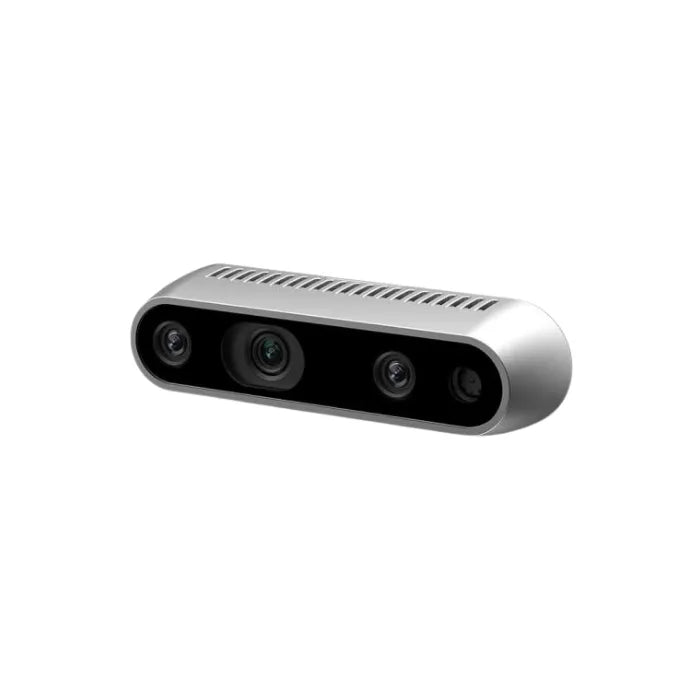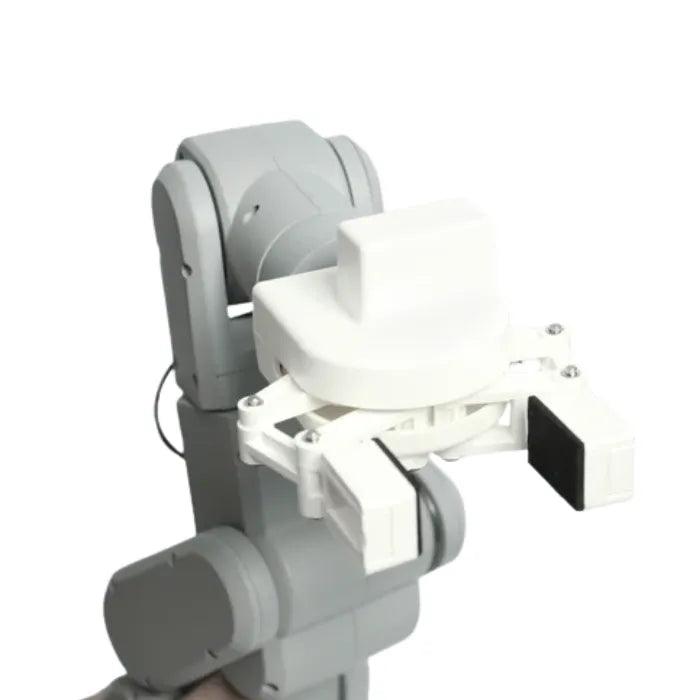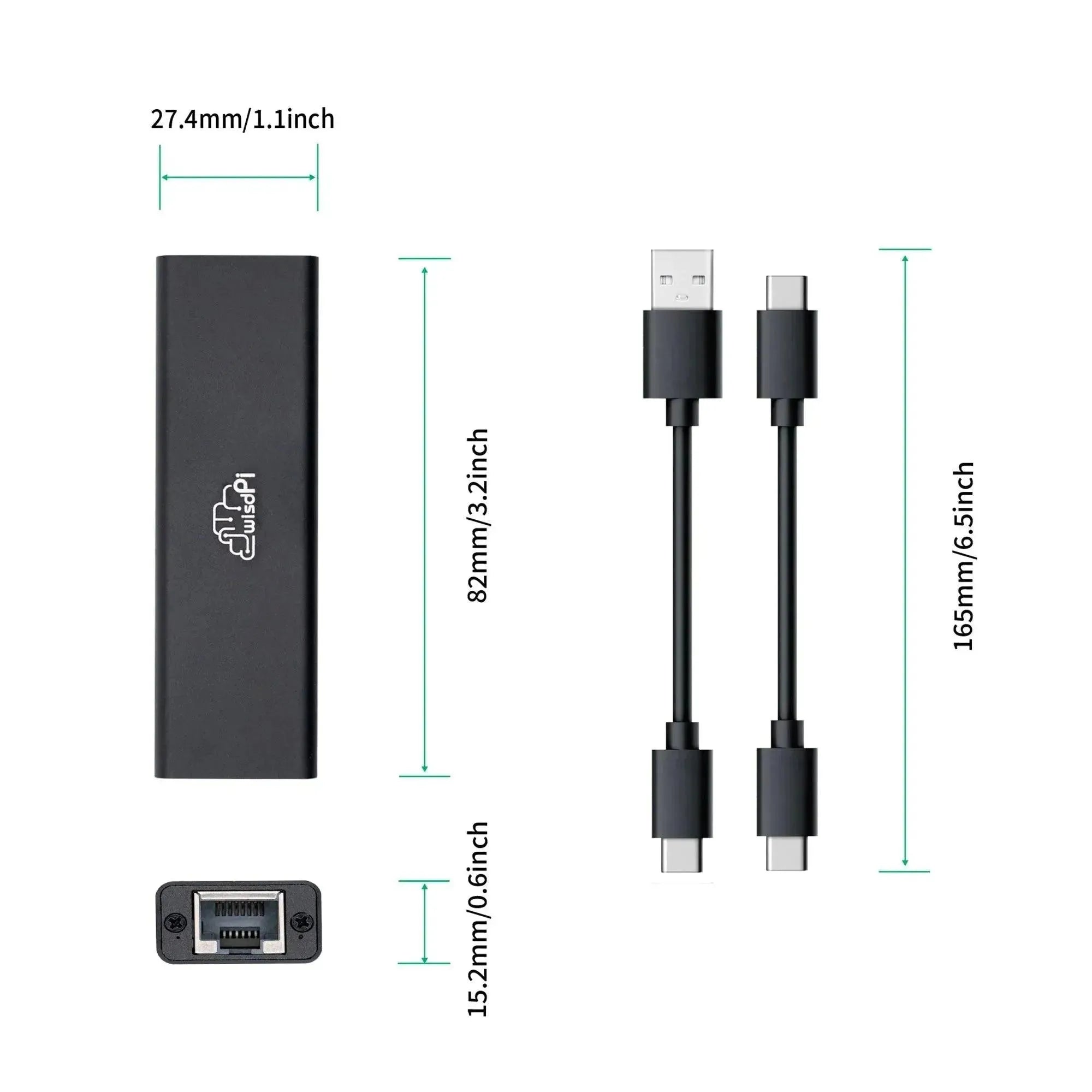Building an E-ink reader with M5Paper can be a fun and rewarding project! Here's a step-by-step guide to get you started. I hope you can continue to improve the program:
Materials Needed:
M5Paper: This is the main device with a 4.7inch e-ink display.
MicroSD Card: For storing E-books and other data.
USB-C Cable: For charging and data transfer.
Computer: For programming the M5Paper.
Let's get started! Here are the steps:
Now for the fun part!
It's time to set up your development environment. Let's get started with the Arduino IDE: Download and install the Arduino IDE from the official website.
It's time to install the M5Stack Library. Install the M5Stack library into the Arduino IDE. You can do this by going to Sketch > Include Library > Manage Libraries and searching for "M5Stack".
If Arduino IDE is not supported, you can use Visual Studio Code + ESP-IDF plugin.
Let's get ready to roll with M5Paper
It's time to connect the M5Paper to your computer with the USB-C cable.
Open the Arduino IDE and select the correct board and port. It's time to select the appropriate port. To do this, simply go to Tools > Board > M5Stack-Core-ESP32 and Tools > Port.
It's time to load the example code
You can start with sample code to display text on the e-ink screen. It's time to explore the examples. Go to File > Examples > M5Stack > M5Paper and select an example such as 'HelloWorld'.
Upload the code to the M5Paper by clicking the Upload button (the right arrow).
It's time to customize your reader
You can make it more functional by using libraries like GxEPD2 for advanced e-ink display control.
It's time to start writing code to read text files from the microSD card and display them on the screen. You can use the SD library to handle file operations.
Add features:
- Touch controls: Use the touch screen to add navigation features like page turning.
- Wi-Fi connectivity: Connect to Wi-Fi to download eBooks directly to your device.
- Battery Management: Implement power saving features to extend battery life.
Example Code Snippet:
Here’s a simple example to display text from a file on the microSD card:Example Code Snippet
This code is amazing! It initializes the M5Paper, reads a text file from the microSD card, and displays its content on the e-ink screen.
Let's dive into some common issues and solutions:
Library Issues
We're thrilled to help you with any library issues you may have!
All you have to do is make sure you have the latest versions of the M5EPD and SD libraries, and you're good to go! The great news is that you can easily update them via Arduino IDE's Library Manager!
File Path
It's always a great idea to double-check the file path on your microSD card! The code is looking for a file named example.txt in the root directory, so let's make sure it's there! It's important to make sure the file exists and is correctly named. Once you've done that, you're all set!
Initialization Problems:
Sometimes, the M5Paper might not initialize correctly. But don't worry! The great news is that you can easily fix this by adding a delay at the beginning of the setup() function.
Serial Monitor:
Use the Serial Monitor to debug. Add Serial.print statements to check where the code might be failing: Serial Monitor
Power Issues:
We've got some great news for you! We've identified the root cause of the power issues and we're excited to tell you how we're going to fix them.
Make sure your M5Paper is fully charged and ready to go! Sometimes, insufficient power can cause issues with the e-ink display, but don't worry! There are plenty of ways to keep your M5Paper powered up and ready to go.
Updated Example Code:
I've got great news! I've updated the code with some fantastic new features, including added debugging and initialization checks.
Datasheet
API
Schematic
































































































